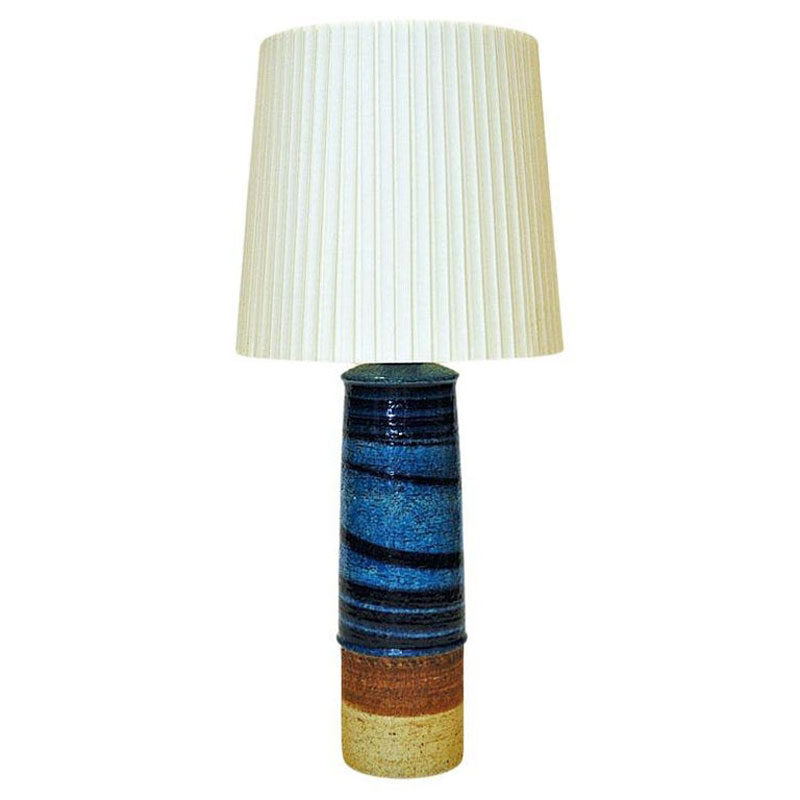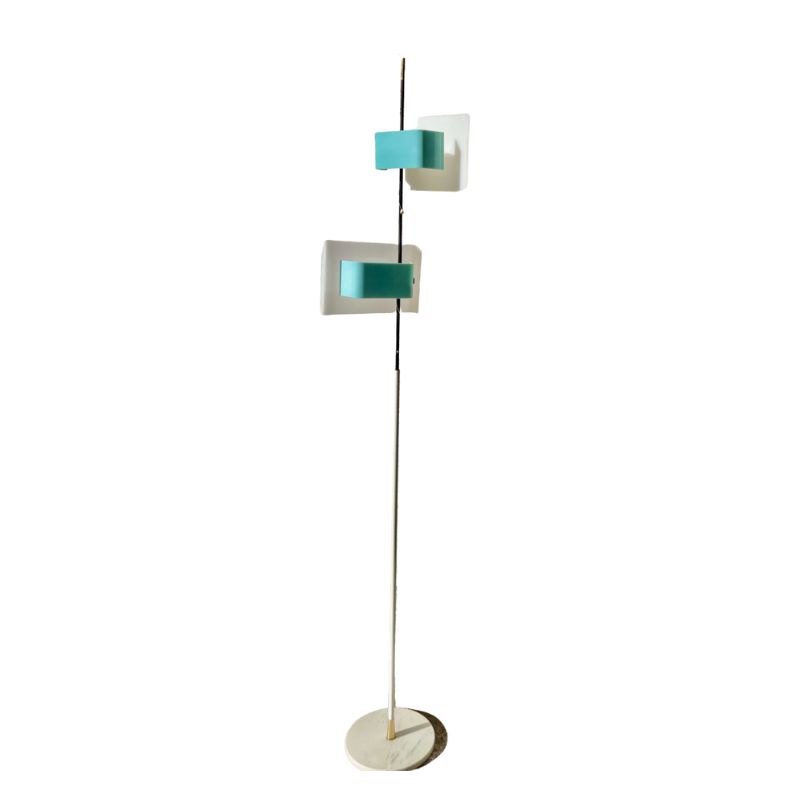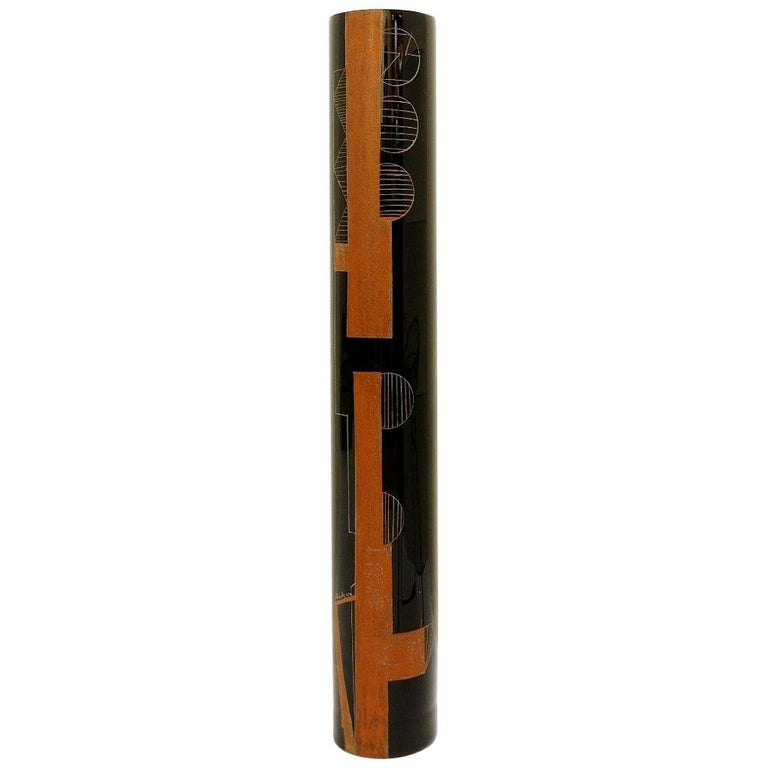Ok, so everybody knows that we have a very traditional, very "Heidi-like" chalet in the French Alps that we have been renovating for 3 years. This summer was dedicated to building two terraces onto the side of the house. The upper terrace is pretty small and will include a sunken, hot tub. The lower terrace is just for, basically, drinking, eating, parties, drinking, lounging, etc. Did I mention drinking?Anyway, the house sits on a steep hill where the houses are stacked one on top of another and we built the retaining walls out of "gabions" which are these heavy duty, wire rectangular blocks filled with local stones and they are very modern compared to the house, (which was the whole idea). Now we need to decide on a barrier/railing of some type so my grandchildren (or their drunk parents) don't fall off the edge and die. I am thinking of three choices.1. Stainless steel posts and glass panels in between, so as not to block the view.2. Some kind of cool, rectangular, cement planters going all around the edge.3. Said planters interspersed with outdoor lanterns.What say you, mes amis?
Well. I have been looking for an opportunity to try something in the way of a "non-barrier" barrier. My thought was that, if you could keep people away from the edge, they couldn't fall over. A broad but low planter -- say 12-15 inches high and maybe three feet deep (front to back) would seem to fill the bill. A person (large or small) would have to deliberately step up and into the planter, to get to the precipice. The lack of a typical-height visual barrier (which in the US must now be 39 inches, I think) might be exhilirating -- and you seem to have the room to do that here. What do you think ?
If there's less room than I think, the planter(s) could cantilever over the edge a bit ?
My other thought would be a mid-century trope, the combined railing and bench. I was going to propose a simple broad-plank rail, but because you have an arc-shaped edge condition, this would either have to be segmented, or laminated into a curved beam.
Yes, the curve is a problem, but I am intrigued by a rail/bench combination. How would you see that working? My issue is that if I construct something very solid along the edge of the deck, then that effectively negates at least a meter, if not more, of usable space for the people actually sitting/lounging on the deck.
However, a bench combo of some type brings that non-usable space back into play. Thanks, SDR!
Exactly.
Now it may be that the framing of your deck isn't designed to take the loads at its perimeter that such a construction would impose. But if the deck surface isn't yet fastened down, a consultation with your carpenter might result in the proper preparation. In any event, the shape of your surface, which will require that shorter boards be used (to match the facets of the frame below), will also present a structural advantage, I think. Any wall built in a curved shape is more self-supporting than a straight wall of the same consruction. The serpentine brick wall of only one brick's width, at Jefferson's early University in Virginia, is an example.
I may be comparing apples and oranges: there's a difference between a continuous construction like a masonry wall, and the discontinuous structure of separate boards abutting. But continuity can be recaptured by connecting the seat boards of your bench with secondary ones below, lapping the joints and making a structurally continuous arc. This has the potential to transfer sideways loads on the posts that support your bench from one to the next, making the whole more stable than a straight bench would be. Essentially, it becomes a fastened-down piece of furniture rather than an outcrop of the deck. Only the end posts of this arc-shaped bench would need extra bracing against leaning -- postentially . . .
SDR, I will have to read this again in the morning when I haven't had a few glasses of wine. Luckily Mr. Big, who is an engineer, will be back on Friday from Saudi Arabia and he will be able to decipher your post. My carpenter has already shown me the very, very edge of the deck where we cannot put anything because there is not enough support underneath, so I am not entirely unaware of what you are saying.
But, if we are going to start talking about cantilevering something at 5 minutes until 11 at night, then I am going to have to put this on hold 'til the morning after a cup of coffee! xoxo
Umm, not so much. The other Europeans on here are going to have to help me explain this (again) to the Americans. Europe is the land of personal responsibility.
There is no such thing here as "punitive damages". If you are so stupid that you would stand really close to a train platform THAT HAS AN ONCOMING TRAIN GOING BY at a high rate of speed and you are sucked over the edge into the jet stream and die, well, sorry. Don't stand so close to the edge.
If you are hiking up an Alp at 2500 meters and a marmotte runs across your path and startles you and you fall off the side and die because there is no barrier, well, sorry, don't hike in the Alps until you are ready to deal with marmottes.
This is always a good one for the Americans. Imagine you move to a European country like Switzerland, (where I live during the week), and you have a child who is 6. Imagine your child coming home from school one day and he tells you that HE CLIMBED ON THE MATTERHORN and he took two buses and a train to get there and it was really fun. If you are a Swiss parent you say, "ah, oui, and did you see any chamois?" If you are an American ex-pat parent you say, "oh my God! Are you alright? Did you get hurt? Where was the permission slip? Why wasn't I notified of this? Who can I sue? Was your bagged lunch vegan and completely gluten free?"
The only reason I am putting up any kind of barrier at all on my terrace is because my visiting family is American and they truly don't know how to watch out for themselves so I must do it for them, unfortunately.
Ha. That's great. I am amused and amazed when I see photos of houses with no handrails on the stair. We're starting to see that here, too, in minimalist architecture. I am the first to applaud the elimination of the inessential -- and I have no sympathy for the helicopter parenting we see in the US (at least), with soft coverings added to furniture corners, and (still) Baby on Board signs on cars.
But stairs are a special case; stair accidents are the most common source of household accidents. I think something to hang on to, at least for the elderly, is important when using the stair.
I do hope you'll consider the first remedy I suggested, above, as it would be a nifty alternative (it seems to me) to the standard railing barrier. Would you rather sit on a bench with your back to the view -- or sit, perhaps under shade, in a comfortable chair, at a table, maybe, looking out over some low planting to your marvelous landscape ?
Have a restful evening, drink some water before you retire, and consider all this on Thursday !
If you need any help, please contact us at – info@designaddict.com









